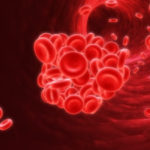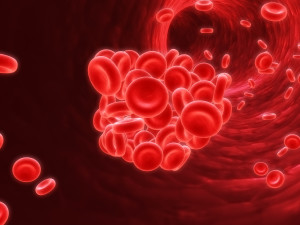 After trauma injury, some patients develop acute traumatic coagulopathy (ATC), a biological response with increased bleeding, morbidity and mortality. This condition is difficult to diagnose in real-time because relevant laboratory tests take hours and the coagulation mechanisms following injury are not well understood, creating further problems when patients are transfused with massive amounts of untargeted blood products. Mortality is 40 to 70% in the best trauma centers. Current models are unsuited for trauma coagulation or take days to run.
After trauma injury, some patients develop acute traumatic coagulopathy (ATC), a biological response with increased bleeding, morbidity and mortality. This condition is difficult to diagnose in real-time because relevant laboratory tests take hours and the coagulation mechanisms following injury are not well understood, creating further problems when patients are transfused with massive amounts of untargeted blood products. Mortality is 40 to 70% in the best trauma centers. Current models are unsuited for trauma coagulation or take days to run.
Amor Menezes and Adam Arkin of the Environmental Genomics & Systems Biology Division collaborated with clinicians to develop a simple, fast trauma coagulation model using control theory, published last week in Science Translational Medicine, which can personalize the treatment of severely injured patients with ATC using only laboratory measurements that take a few minutes. Utilizing this model, the authors accurately predicted an hour-long laboratory test, calculated patient-specific transfusion requirements, and demonstrated in vitro that a driver of coagulation in these patients could be controlled as calculated. This ability to quickly predict and leverage accurate individualized information could be key to future treatment of patients with ATC.




